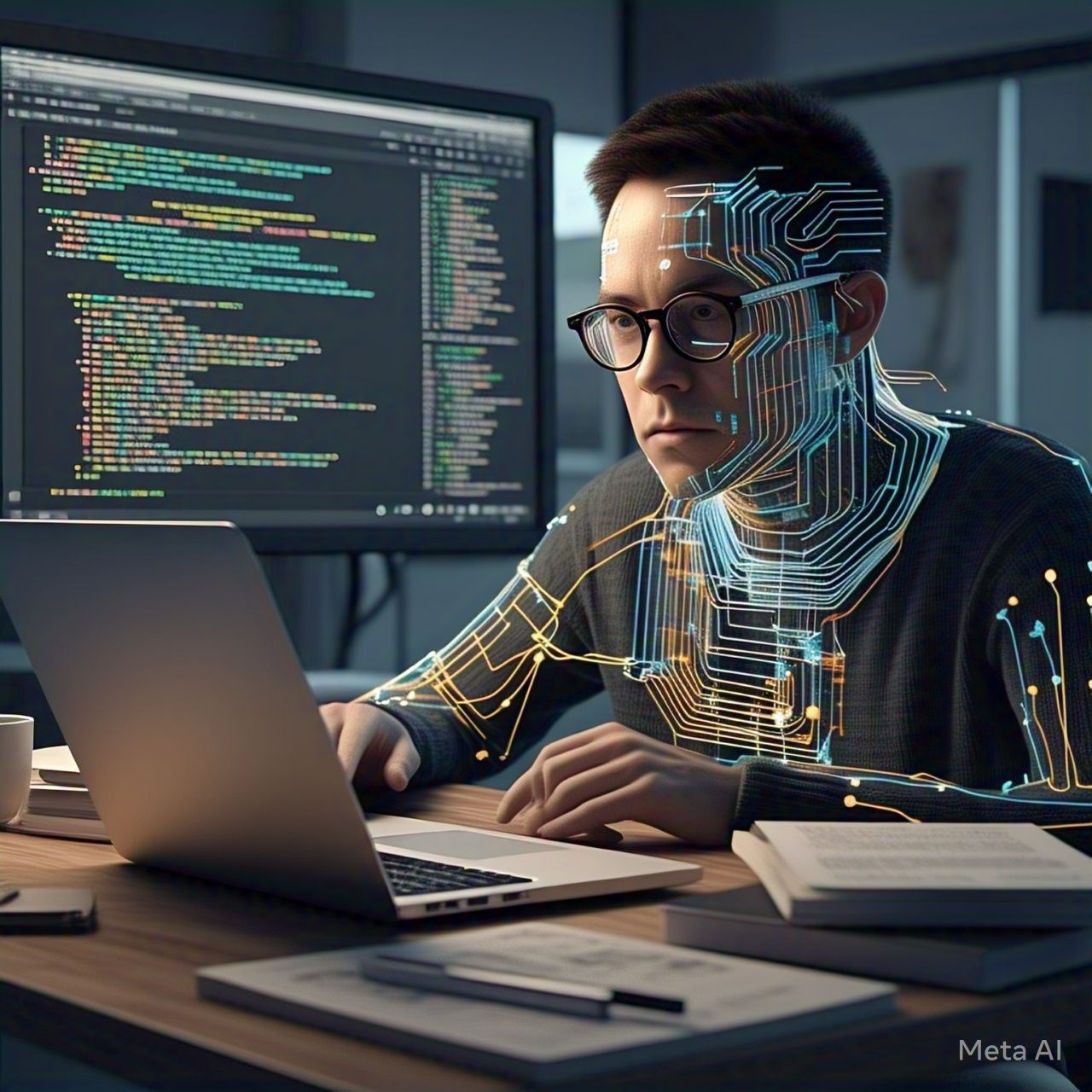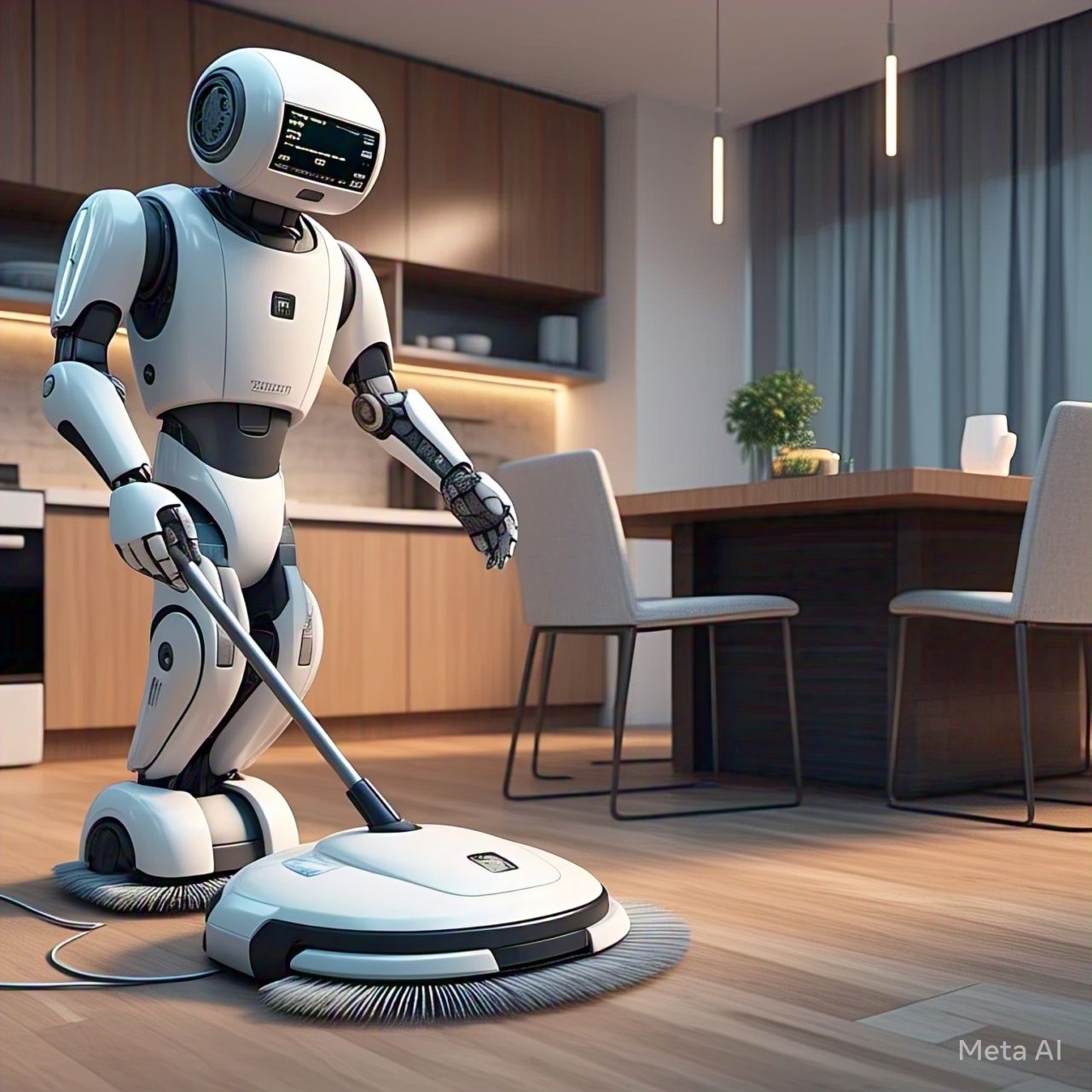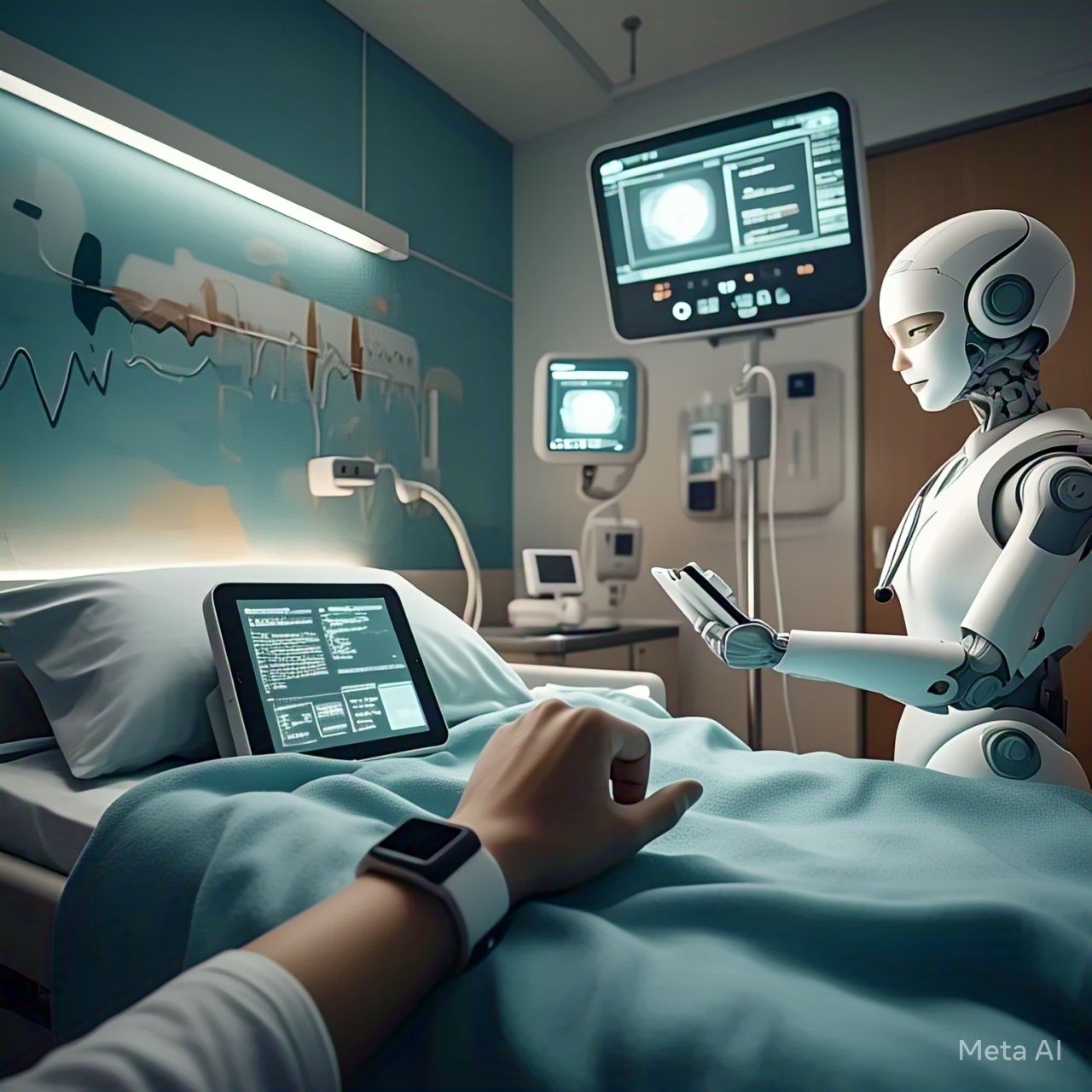Introduction
The construction industry is undergoing a digital transformation with the integration of Artificial Intelligence (AI) into Building Information Modeling (BIM). Traditionally, BIM has been a powerful tool for creating and managing digital representations of physical structures. However, with AI enhancements, BIM is becoming more intelligent, predictive, and automated, leading to improved efficiency, cost reduction, and sustainability in construction projects. This article explores how AI-driven BIM is shaping the future of smart construction and revolutionizing the way buildings are designed, built, and maintained.
The Role of AI in BIM
1. Automated Design and Optimization
AI-powered BIM tools analyze vast datasets to generate optimized building designs. By using machine learning algorithms, AI can identify patterns, suggest design modifications, and improve spatial planning to enhance efficiency and sustainability.
Key Benefits:
- Faster design iterations with AI-generated models.
- Optimized space utilization and material efficiency.
- Reduced human error in architectural planning.
2. Predictive Analytics for Risk Management
AI-enhanced BIM can predict potential risks in construction projects by analyzing historical data, weather patterns, and site conditions. This predictive approach helps in mitigating safety hazards and reducing delays.
Key Benefits:
- Early identification of construction risks.
- Improved safety measures through AI-driven insights.
- Minimized project delays and cost overruns.
3. AI-Driven Cost Estimation and Budgeting
AI automates cost estimation by analyzing project specifications, labor costs, and material expenses. By integrating with BIM, AI can provide real-time budget predictions and suggest cost-saving measures.
Key Benefits:
- Accurate and efficient cost estimation.
- Smart budget allocation to avoid overspending.
- AI-powered cost optimization strategies.
4. Enhanced Collaboration and Communication
AI-powered BIM platforms facilitate real-time collaboration between architects, engineers, and construction managers. AI-driven chatbots and virtual assistants can provide instant updates, schedule adjustments, and project tracking.
Key Benefits:
- Seamless coordination between project stakeholders.
- Real-time data sharing and document management.
- Improved decision-making with AI-driven insights.
5. AI for Sustainable and Smart Building Design
AI-driven BIM tools assess energy efficiency, material sustainability, and environmental impact in real time. AI can suggest energy-efficient HVAC systems, smart lighting solutions, and eco-friendly building materials to enhance sustainability.
Key Benefits:
- Data-driven sustainability assessments.
- Reduced carbon footprint with AI-optimized materials.
- Smart energy management for long-term efficiency.
The Future of AI-Integrated BIM
As AI technology continues to evolve, its integration with BIM will unlock new possibilities in the construction industry. Future advancements may include AI-powered generative design, autonomous construction robots, and AI-driven digital twins for real-time monitoring and maintenance. The combination of AI and BIM will lead to smarter, more sustainable, and highly efficient construction practices.
Conclusion
AI-driven BIM is revolutionizing the construction industry by automating design processes, enhancing risk management, optimizing costs, and promoting sustainability. As AI continues to refine BIM capabilities, the future of construction will be more intelligent, efficient, and adaptive. Embracing AI in BIM is no longer an option but a necessity for architects, engineers, and construction professionals looking to build smarter and more resilient structures.




